When I began exploring training options for my dog, I noticed that Dog Collar Vibration and Shock Collars are often confused. Many assume they do the same thing, but they work very differently. A Dog Collar Vibration uses gentle vibrations to get your dog’s attention or correct minor behaviors safely and stress-free. A Shock Collar delivers a mild electric correction, often more abruptly.
I remember feeling uncertain about which would work best. After trying both, I noticed clear differences in my dog’s response, comfort, and training effectiveness. Using these tools responsibly made a big difference in our sessions.
In this article, I’ll share my experience, compare their benefits, design, functionality, and safety, and address common misconceptions. By the end, you’ll understand Dog Collar Vibration vs Shock and have guidance on choosing the right tool for your dog’s temperament and training goals.
Understanding Dog Training Collars
Training collars deliver cues—like beeps, tones, vibration, or electrical stimulation—to guide or deter behavior. Two popular types are vibration and shock (static) collars, each with distinct mechanisms and implications.
What Is a Vibration Dog Collar?
Vibration dog collars emit a buzzing sensation to attract your dog’s attention—similar to a clicker, but tactile. This makes them suitable for deaf or hearing-impaired dogs and gentle enough for sensitive or recovering pets.
What Is a Shock Dog Collar?
Shock (or static/e-collars) deliver a mild electrical stimulus to discourage unwanted behavior. Despite the name, it’s commonly a pressure-like correction, not a painful jolt—but its use remains controversial due to potential stress and fear
Specifications Table
| Feature | Dog Collar Vibration | Shock Collar |
| Purpose | Gentle correction & attention | Behavior correction |
| Correction Type | Vibration signal | Electric shock |
| Adjustable Levels | Multiple vibration settings | Multiple shock levels |
| Design | Sleek, padded, lightweight | Basic, simple, durable |
| Remote Control | Yes, optional for training | Yes, standard in many models |
| Dog Size Suitability | Small to large dogs | Small to large dogs |
| Battery Life | Rechargeable, long-lasting | Rechargeable or replaceable |
| Safety Features | Non-painful, gentle | Adjustable intensity, monitor use |
| Training Method | Positive reinforcement & correction | Correction-focused |
The Benefits of Dog Collar Vibration vs Shock Training
From my experience, both systems can be helpful, but they offer very different benefits. A Dog Collar Vibration is excellent for dogs that are sensitive or anxious. My dog responded well to the vibration because it captured his attention without causing discomfort.
I could use it to redirect unwanted behaviors like jumping or barking, while still rewarding him for good actions. It allowed me to combine positive reinforcement with a gentle correction, which I found more effective in the long term.
The Shock Collar is more suited for immediate behavior correction. It works well for stopping behaviors like running into dangerous areas or persistent barking. While effective, I noticed that my dog sometimes became cautious or hesitant after repeated shocks, which reminded me that overuse can cause stress.
Overall, I found that Dog Collar Vibration is better for ongoing training and reinforcing good habits, while the Shock Collar is more suitable for urgent corrections or safety situations. Combining these tools with patience, consistency, and gentle guidance made training easier and safer for my dog.
Key Differences Between Dog Collar Vibration and Old-School Shock

| Feature | Dog Collar Vibration | Shock Collar |
| Primary Use | Attention & gentle correction | Behavior correction |
| Warning Signal | Vibration only | Electric shock |
| Dog Comfort | Gentle and non-painful | Can be uncomfortable if misused |
| Training Style | Positive reinforcement + correction | Correction-focused |
| Setup Complexity | Moderate | Simple |
| Safety | High | Moderate, depends on user |
| Best For | Sensitive or anxious dogs | Dogs needing immediate correction |
Design
One thing that stood out to me is the difference in design between the two systems. Dog Collar Vibration collars feature advanced technology, sleek finishes, and padded designs for comfort. My dog wore it for hours without irritation, and I appreciated the optional remote control for adjusting settings during training.
The Shock Collar, by contrast, has a simpler design. Its durability is excellent, but the collar focuses on delivering corrections rather than comfort. Some models include a remote for adjusting intensity, but they lack the gentle learning curve offered by vibration collars.
For me, design isn’t just about looks. A well-designed collar impacts dog comfort, usability, and long-term training success. My dog felt more confident wearing a vibration collar, and I could train without worrying about causing stress or discomfort.
Functionality and Performance
| Feature | Dog Collar Vibration | Shock Collar |
| Primary Function | Gentle correction & attention | Immediate behavior correction |
| Signal Type | Vibration signal only | Electric shock |
| Response Time | Gradual learning, consistent | Immediate response |
| Range/Distance | Works within remote range | Works within remote range |
| Adjustability | Multiple vibration levels | Multiple shock levels |
| Dog Comfort | Non-painful, low-stress | Can cause discomfort if misused |
| Training Style | Positive reinforcement + correction | Correction-focused |
| Effectiveness | High for behavior shaping | High for urgent correction |
| Ease of Monitoring | Easy with multiple settings | Requires supervision for proper use |
Ease of Use and Setup
Both systems are fairly easy to use, but there are differences. The Dog Collar Vibration was simple to pair with the remote, and I could adjust intensity quickly. Charging was convenient, and my dog adapted to it within a few days.
The Shock Collar was even simpler to set up. I paired it with the remote and adjusted the shock level for my dog’s size. While it works quickly, I had to monitor usage carefully to prevent overcorrection.
From my experience, vibration collars are ideal for long-term training and sensitive dogs, while shock collars are better for immediate corrections or safety situations. Both require responsible use to get the best results.
Durability and Safety
Durability is important, but safety is crucial. Dog Collar Vibration collars are designed with ethical training practices in mind. The gentle vibration ensures low stress and minimal discomfort. I felt confident knowing my dog could wear it for long periods without harm.
Shock collars are durable but require careful supervision. Overuse or high intensity can cause anxiety or discomfort. By following manufacturer guidelines and using the lowest effective setting, I was able to train safely.
In my experience, both collars are long-lasting and reliable. The key difference is that vibration collars prioritize dog comfort, while shock collars prioritize immediate correction.
Pros and Cons
Pros of Dog Collar Vibration:
- Gentle and non-painful for sensitive dogs
- Promotes positive reinforcement
- Multiple vibration levels for customization
- Lightweight and comfortable
- Remote-controlled training options
Cons:
- May not stop urgent behavior immediately
- Requires patience and consistent use
Pros of Shock Collar:
- Immediate correction for unwanted behavior
- Adjustable shock levels
- Simple design, easy to use
- Effective for safety situations
- Works indoors and outdoors
Cons:
- Can be stressful if overused
- Focused on correction rather than reinforcement
The Controversy of “Dog Collar Vibration vs Shock”
Many people debate the ethics and safety of these training tools. Shock collars are often criticized for causing pain, while vibration collars are seen as gentler alternatives. In my experience, the controversy depends on how the collars are used.
Misconceptions about shock versus correction are common. A properly used shock collar can correct behaviors safely, while vibration collars provide a low-stress method to guide your dog’s attention. Experts recommend combining training tools with proper guidance and understanding your dog’s temperament.
Responsible use is essential. My approach was to use vibration collars for long-term training and gentle redirection, and the shock collar only for urgent corrections. This balance helped my dog learn effectively without stress.
Who Should Use Each
| Dog Type | Dog Collar Vibration | Shock Collar |
| Sensitive or anxious dogs | ✅ | ⚪ |
| Dogs needing urgent correction | ⚪ | ✅ |
| Puppies | ✅ | ⚪ |
| Experienced trainers | ✅ | ✅ |
| Long-term behavior shaping | ✅ | ⚪ |
FAQs
Is a vibration collar safe for all dogs?
Yes, Dog Collar Vibration is safe when used properly. The gentle signal captures your dog’s attention without pain, making it ideal for sensitive or anxious dogs. I noticed my dog responded positively and felt confident during training sessions.
Can a shock collar hurt my dog?
A Shock Collar is designed to correct behavior safely. Misuse or high-intensity settings can cause discomfort, so I recommend starting at the lowest level and monitoring your dog closely for signs of stress.
How quickly will my dog learn with a vibration collar?
Dogs usually respond within a few days to a week. My dog adapted quickly because the vibration was gentle but noticeable. Patience and consistency are key to effective training with a vibration collar.
Can I use both collars together?
Yes, but cautiously. I used the vibration collar for routine training and the shock collar for urgent corrections. This combination helped reinforce good habits while keeping my dog safe.
Which collar is better for puppies?
For puppies, I prefer vibration collars. They provide safe, gentle guidance without causing stress, making them ideal for early training. Shock collars may be too intense for young dogs.
Final Thought
From my experience, understanding Dog Collar Vibration vs Shock is key to effective training. Vibration collars are gentle, safe, and excellent for positive reinforcement, while shock collars provide immediate correction when needed. Both systems have their advantages, but the choice depends on your dog’s temperament, training goals, and safety priorities.
I found that using vibration collars for ongoing training and reserving shock collars for urgent situations gave the best results. This approach kept my dog confident, stress-free, and responsive to guidance. Responsible use, combined with patience and positive reinforcement, is the key to successful training.
Ultimately, the debate over Dog Collar Vibration vs Shock isn’t about which tool is better, but about using each responsibly to achieve safe, effective results. By choosing the right collar and learning how to use it properly, you can train your dog effectively while keeping them happy and healthy.

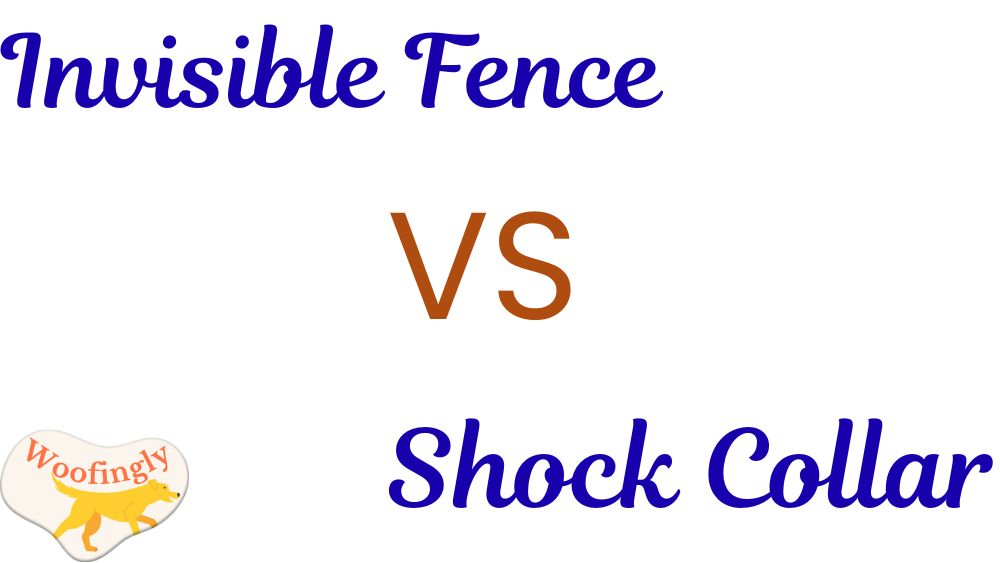
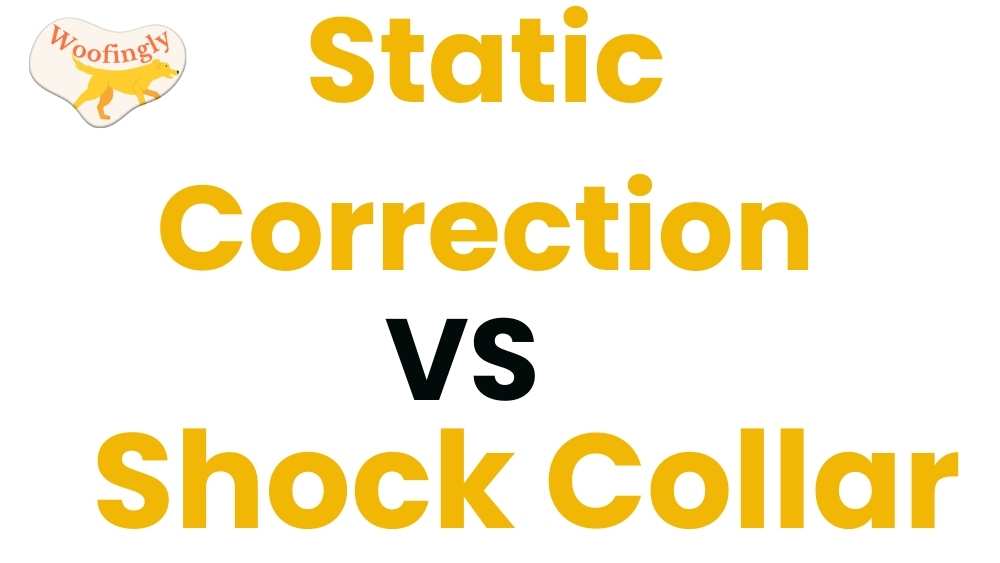
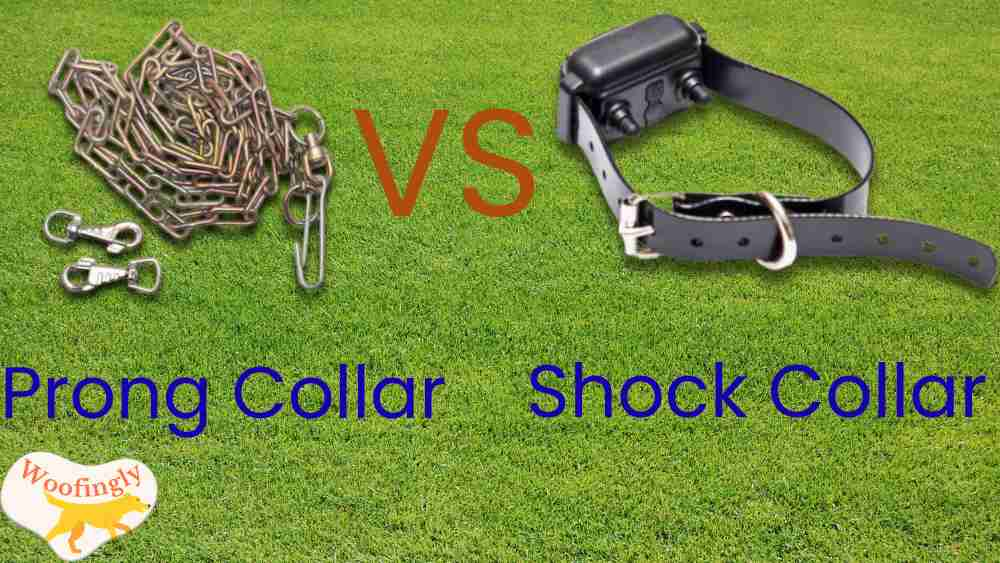
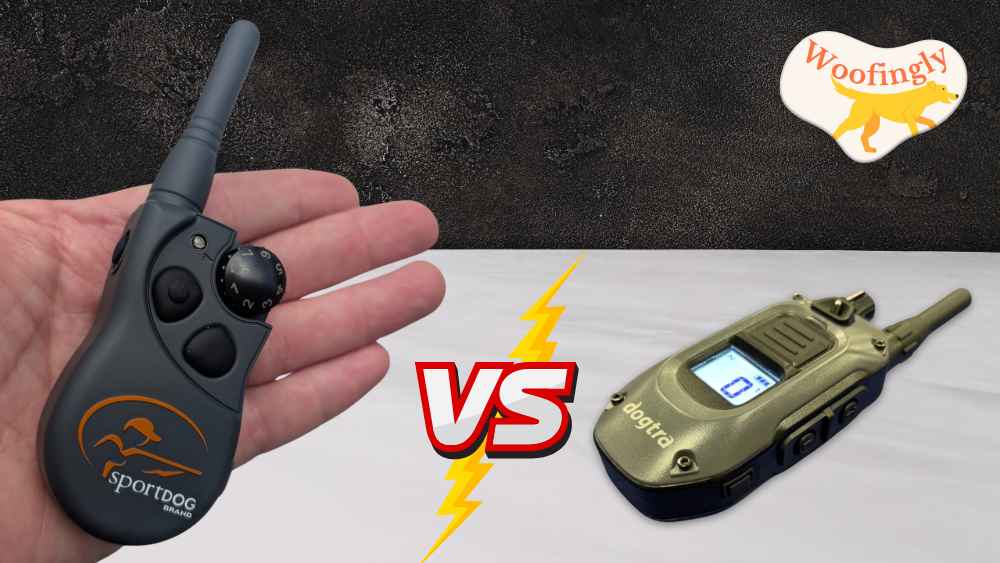
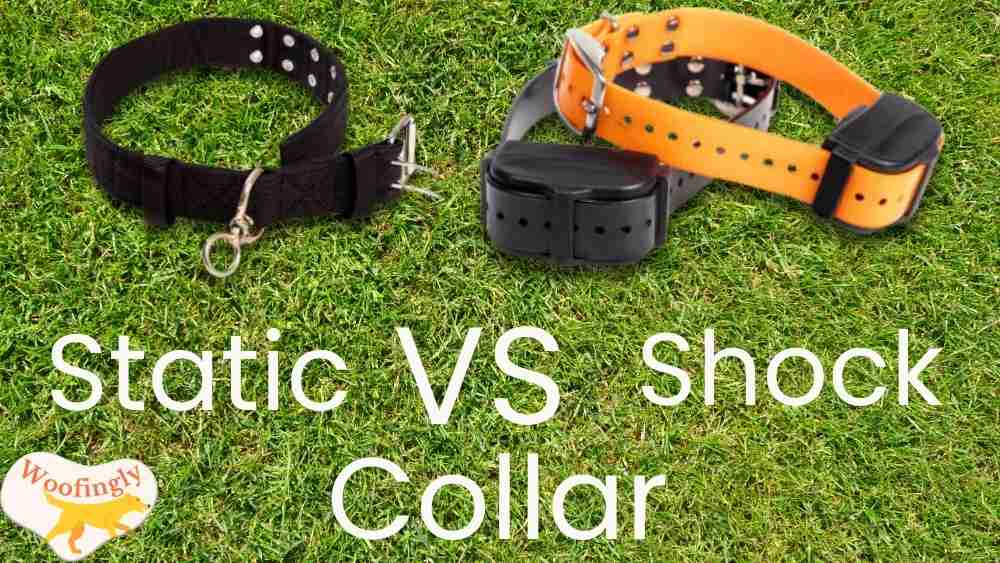
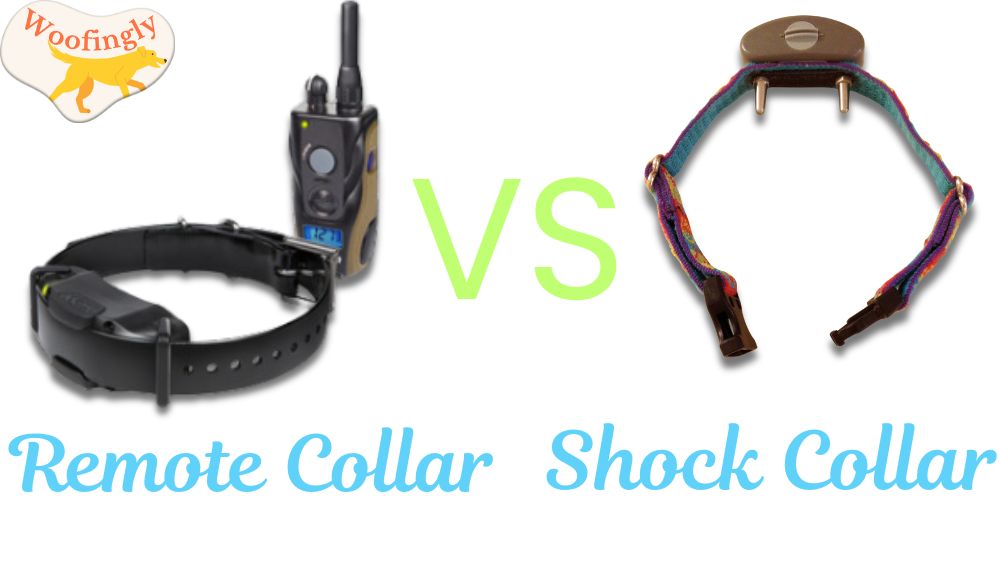
Leave a Reply